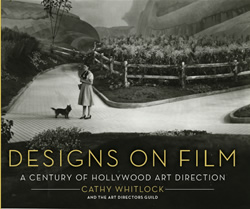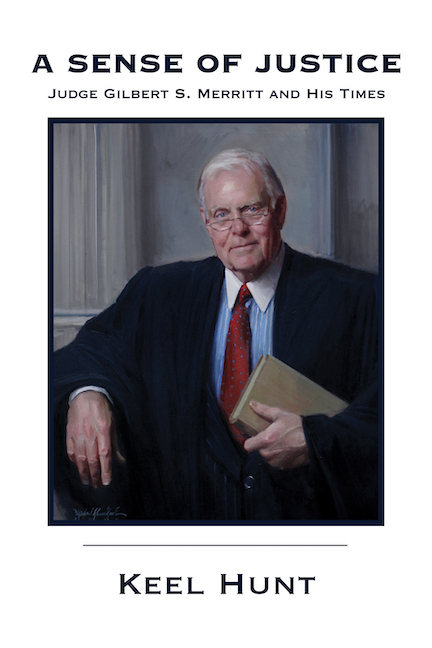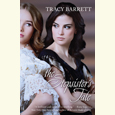Movies by Design
In a gorgeous new book, Cathy Whitlock takes readers behind the scenes of Hollywood’s most iconic films
For every Scorsese and Coppola and Spielberg, for every DeMille and Capra and Hitchcock, there is a seldom-celebrated figure known as the production designer—the man or woman “behind the curtain,” to borrow a famous phrase from The Wizard of Oz. Along with their teams of art directors and set decorators, these artists are as pivotal to engineering movie magic as the directors and film actors who have become brands unto themselves, yet their names are rarely known by moviegoers. In her comprehensive look at the great production designers of American filmmaking and the classic films they masterminded, Designs on Film: A Century of Hollywood Art Direction, Nashville interior designer and cinema blogger Cathy Whitlock sets out to give credit where credit is due, to honor the work of these “unsung heroes,” and to detail the highlights of their contributions to American cinema, from the early silent films right up to recent blockbusters like Avatar and the Harry Potter series. “They are the architects of illusion; they are tasked with taking a blank soundstage or location and producing a visually convincing, functional, and appealing setting for the screen,” she writes. “In short they are the visionaries designing cinematic dreams.”
 The production designers Whitlock singles out, many of whom came to film from architectural backgrounds, are obsessive sticklers for detail, willing to go to any means to make a film’s setting, its look and feel, as authentic as possible. She pays homage to some of the founding fathers of the craft— William Cameron Menzies, Cedric Gibbons, Anton Grot, Van Nest Polgese—from whom generations of future production designers learned the ropes. But while Whitlock’s focus is ostensibly the individual production designers who worked on a particular movie, the movies themselves tend to overshadow their designers. The stories of their creation, an often fraught and always expensive undertaking, are ultimately most fascinating.
The production designers Whitlock singles out, many of whom came to film from architectural backgrounds, are obsessive sticklers for detail, willing to go to any means to make a film’s setting, its look and feel, as authentic as possible. She pays homage to some of the founding fathers of the craft— William Cameron Menzies, Cedric Gibbons, Anton Grot, Van Nest Polgese—from whom generations of future production designers learned the ropes. But while Whitlock’s focus is ostensibly the individual production designers who worked on a particular movie, the movies themselves tend to overshadow their designers. The stories of their creation, an often fraught and always expensive undertaking, are ultimately most fascinating.
In the feudal days of the Hollywood studio system, men like Grot, Gibbons, and Polgese were mostly yoked to a given studio, thus imbuing the studio’s films with their own idiosyncratic visions. Grot “set the tone” for Warner Bros. films of the 1930s and perfected film noir in the 1940s. Gibbons—MGM’s house visionary for more than thirty years, designer of the Oscar statue, and a glamorous old-Hollywood personality in his own right—soaked that studio’s pictures in Art Deco and Modernist interiors, “a hallmark of almost every MGM film,” Whitlock writes. (She includes a fabulous shot of Gibbons and his wife, actress Dolores Del Rio, in their Santa Monica home.)
After introducing the reader to the legends of the early days, Whitlock takes a decade-by-decade survey approach, offering quick but elegant summaries of how selected films were created, as well as the role their designers played. As exhaustive as the book may seem, the winnowing process must have been no easy task. Represented here are Ben-Hur (both versions), Cleopatra (both versions), The Wizard of Oz, The Graduate, North by Northwest, Lawrence of Arabia, 2001: A Space Odyssey, The Shining, and Forrest Gump–to name but a few.
 As the book encompasses the entire century of American filmmaking (and is lavishly illustrated), there’s not much room to devote to each film. The chronological, film-by-film structure at times seems to take away from, rather than accentuate, the individual designers behind the film selections, despite Whitlock’s foregrounding of brief biographical sketches of each. But it does convey the almost absurd lengths to which designers have sometimes gone to get the desired effect—and these bits of trivia are fascinating even if you don’t fancy yourself a cinema geek. Production designer John Box, for example, dyed swaths of sand black during the filming of Lawrence of Arabia, “so as to encourage the viewer’s eye to the center of the frame all the while creating the shimmering illusion of a mirage.” And for Francis Ford Coppola’s The Conversation, Dean Tavoularis “had magazines stacked on a desk with subscription labels made out to Gene Hackman’s character—for effect.”
As the book encompasses the entire century of American filmmaking (and is lavishly illustrated), there’s not much room to devote to each film. The chronological, film-by-film structure at times seems to take away from, rather than accentuate, the individual designers behind the film selections, despite Whitlock’s foregrounding of brief biographical sketches of each. But it does convey the almost absurd lengths to which designers have sometimes gone to get the desired effect—and these bits of trivia are fascinating even if you don’t fancy yourself a cinema geek. Production designer John Box, for example, dyed swaths of sand black during the filming of Lawrence of Arabia, “so as to encourage the viewer’s eye to the center of the frame all the while creating the shimmering illusion of a mirage.” And for Francis Ford Coppola’s The Conversation, Dean Tavoularis “had magazines stacked on a desk with subscription labels made out to Gene Hackman’s character—for effect.”
In fact, the brevity of each film discussion is in part what makes Designs on Film coffee table fare at its finest: short passages on individual films, often peppered with movie trivia, make for ideal browsing. In the making of The Wizard of Oz, for example, “white horses were turned into a variety of colors with the use of Jell-O powder—the only problem was they licked off most of the sugared substance in between shots.” (Cedric Gibbons, by the way, took home the Oscar for its art direction.) And Jess Gonchor, production designer for The Devil Wears Prada, “based his designs for the film on two factors—a makeup compact and photos of the offices of Vogue’s editor in chief Anna Wintour.” The results bore such a striking resemblance to Wintour’s office that it’s rumored Wintour “redecorated shortly after the film’s release.”
In short, the book is eminently dippable, full of big, lush images from classic films and some behind-the-scenes shots, all printed on a luxurious, heavy paperstock. Clearly directed to the true movie buff, Designs on Film should also spark the interest of anyone who enjoys an occasional escape to the movies.


